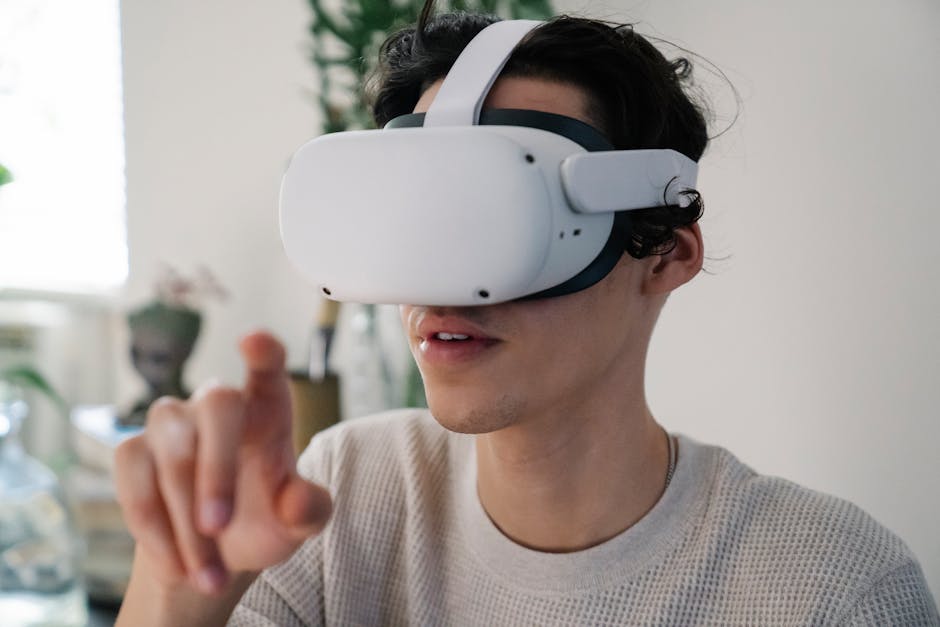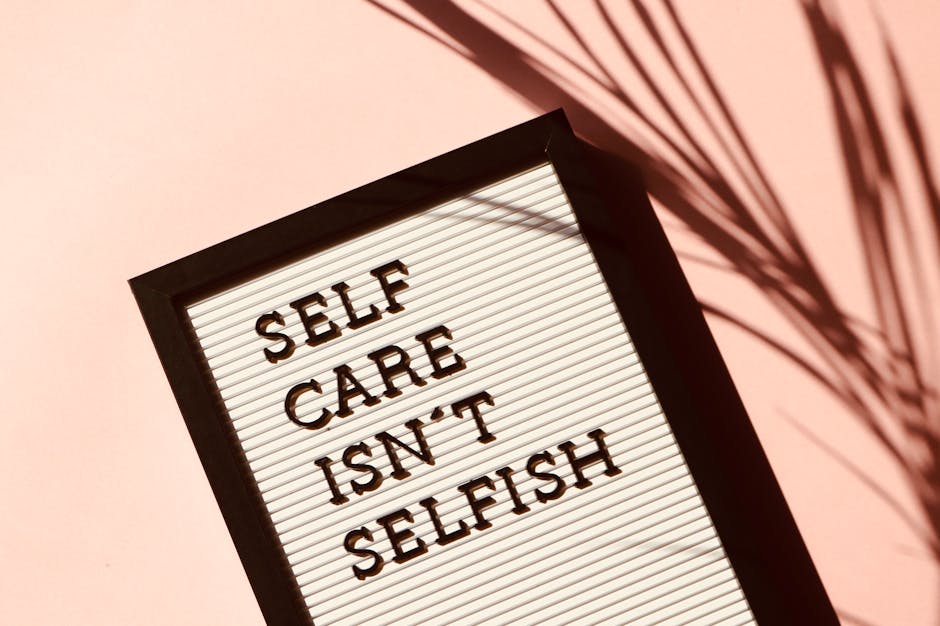The Art of Digital Resilience: Your Ultimate Backup Plan for Well-Being
In our hyper-connected world, where a ping from our smartphones can interrupt almost any moment, the crucial need for digital resilience has never been more pronounced. The Art of Digital Resilience goes beyond technical solutions; it’s about crafting a well-thought-out backup plan for mental well-being amidst constant connectivity. This insightful article will explore how to secure your mental space in a digital era, the importance of creating boundaries, and practical tools for nurturing digital well-being.
Understanding Digital Resilience

Digital resilience is a multifaceted concept that encompasses emotional adaptability and the ability to withstand the pressures of our tech-driven lifestyles. It becomes increasingly vital as we become more dependent on technology for communication, work, and entertainment. Adapting to this digital landscape requires not only technical know-how but also a strong sense of self-awareness and emotional regulation.
Experts emphasize that, like physical fitness, digital resilience requires practice and intentionality. A report from the Harvard Business Review highlights that organizations should also offer training to cultivate resilience among their teams, ultimately fostering a healthier workplace environment.
Creating your virtual backup plan involves thinking strategically. It’s not merely about reacting to challenges but proactively setting up safeguards. This approach encompasses digital detoxes, the deployment of mindfulness practices, and leveraging tools that prioritize mental health.
Building Boundaries: The First Step Towards Resilience

In a world where notifications can flood our senses, creating boundaries is pivotal. Setting clear limits on screen time and the type of media consumed can significantly impact mental well-being. Consider trying techniques like designating tech-free zones in your home or scheduling regular digital detoxes.
One fascinating trend is the rising popularity of VR experiences designed for relaxation and mindfulness. You might be interested in our article on creating a VR nature sanctuary, which illustrates how immersive technologies can provide a reprieve from the digital noise we experience daily. Virtual Reality (VR) can act as a therapeutic space, allowing users to unwind and recharge.
The Importance of Mindfulness in Tech

Mindfulness has gained traction as an essential practice for managing the pressures of modern life. Using mindfulness apps that encourage short meditative breaks can help anchor you amidst distractions. The practice helps cultivate self-awareness and can be effectively complimented with neurofeedback devices, which provide real-time insights into mental states. Learn more about this approach in our post about using neurofeedback devices.
Being conscious of your tech use means paying attention to how different platforms make you feel. Social media, while connecting us, can also evoke feelings of inadequacy or anxiety. Regularly evaluating your emotional responses to these platforms is an essential aspect of maintaining digital resilience.
The Power of Virtual Communities

One of the great blessings of our digital age is the ability to connect with like-minded individuals globally. Engaging with virtual communities can bolster mental resilience. Finding groups focused on shared interests or challenges can provide emotional support and understanding.
For instance, using platforms for generative storytelling or AI-driven community interactions can offer profound insights into shared experiences. Our recent piece on generative text AI demonstrates how technological advancements can enhance community engagement and foster a sense of belonging that nourishes mental health.
Leveraging Digital Tools for Emotional Intelligence

Strengthening your emotional intelligence can be significantly boosted through tech. AI-powered apps can provide insights that may be difficult to uncover alone. Harnessing tools designed for enhancing emotional capacity paves the way towards thriving in both personal and professional landscapes.
Consider exploring how AI insights help boost emotional intelligence in our article on virtual empathy. As AI continues to evolve, so do its applications for personal growth and well-being.
The Role of Digital Detox: Disconnect to Reconnect

In a world where our devices are constant companions, digital detoxes play a critical role in restoring mental health. Taking time off screens allows individuals to reconnect with nature, family, and themselves. It may even enhance creativity and focus.
Optimize your tech break by engaging in offline activities that resonate with your passions. Whether it’s reading a book, hiking, or simply practicing breathing exercises, finding activities that inspire you can offer a refreshing contrast to the digital landscape.
The Therapeutic Approach of Augmented Reality

Augmented Reality (AR) is another captivating avenue to explore for both entertainment and mental health improvement. Innovations in AR technology are transforming therapy and wellness practices, allowing users to engage with their emotions and mental challenges in new ways. Our article on AR in therapy offers a glimpse into how these tools can aid mental health professionals in delivering better care and provide clients with interactive experiences to explore their feelings.
Creating a Personal Digital Backup Plan

After understanding the concepts of digital resilience and the tools available to enhance well-being, crafting a personal digital backup plan becomes essential. Here are some key steps to consider:
1. Assess Your Digital Footprint

Understanding your engagement with various platforms will help you identify areas for improvement. Track your screen time, analyze emotional triggers, and consider how you can adjust your usage for a better experience.
2. Implement Boundaries

Whether it’s using apps to limit screen time, engaging in regular digital detoxes, or setting specific hours for technology use, establishing boundaries helps maintain a balance between digital engagement and mental well-being.
3. Utilize Mindfulness and Emotional Tools

Incorporate mindfulness practices and tools designed for emotional intelligence into your daily routine. Make sure to regularly explore new technologies and apps that could benefit your mental health.
4. Engage with Your Community

Seek out virtual groups or platforms dedicated to shared experiences or interests. Engaging in forums or discussing your challenges can help foster strong connections and emotional resilience.
5. Continuous Evaluation

Regular reflection is key. What’s working for you? What’s not? Keeping a journal or using apps to note your feelings can help identify patterns related to your emotional responses and tech experiences.
Recognizing the Role of Time Management

Another often-overlooked element is time management, particularly in a world rife with distractions. Prioritizing tasks can alleviate the chaos of multitasking and digital interruptions. Practice time-blocking techniques or use productivity tools designed to help maintain flow in your work.
Gamifying Productivity

Gamifying your tasks by turning them into fun challenges can provide a refreshing approach to managing digital engagement. Explore gamified productivity apps that encourage focus while rewarding you for progress made. Delve into our discussion about gamifying productivity for more insights on this concept.
Future-Proofing Your Mental Health

As technology evolves rapidly, it’s crucial to stay informed about new tools and trends designed for mental well-being. Quantum computing and innovations in AI are transforming how we understand emotional health and resilience, which you can discover more about in our piece on quantum tech.
Preparation for future challenges means embracing lifelong learning and experimentation with emerging tools that may redefine longevity and mental health.
Final Thoughts: Embracing Your Digital Resilience Journey
Digital resilience thrives on adaptability, self-awareness, and community. By actively engaging in your digital experiences, setting boundaries, and utilizing modern technological tools, you create a secure framework for your mental well-being. Remember, your journey towards digital resilience is personal and evolving—embrace it wholeheartedly.
So, as you venture into the vast digital landscape, remember to take mindful steps, cultivate emotional intelligence, and prioritize your mental health. The blend of technology and consciousness paves the way toward a more resilient, satisfying life.



